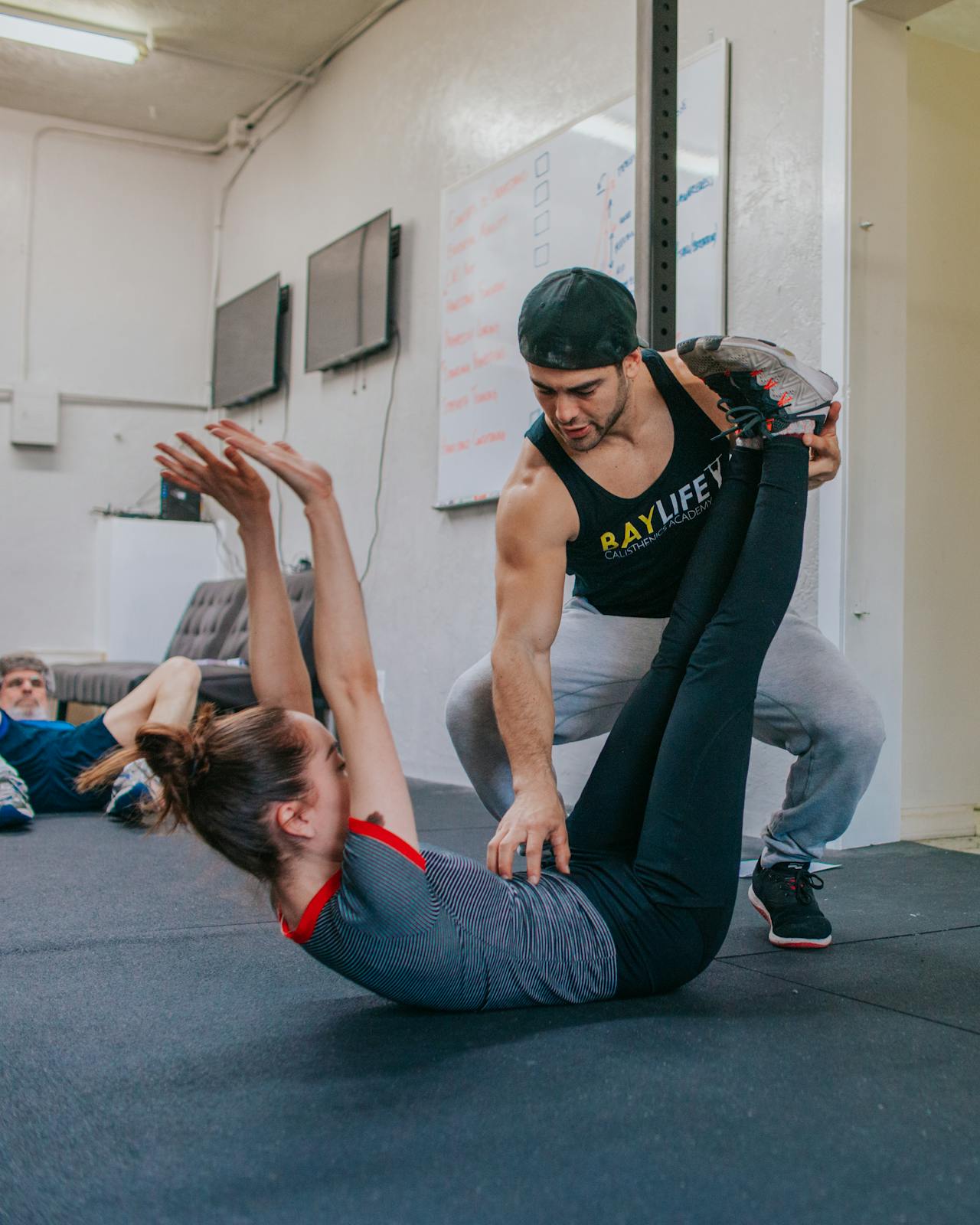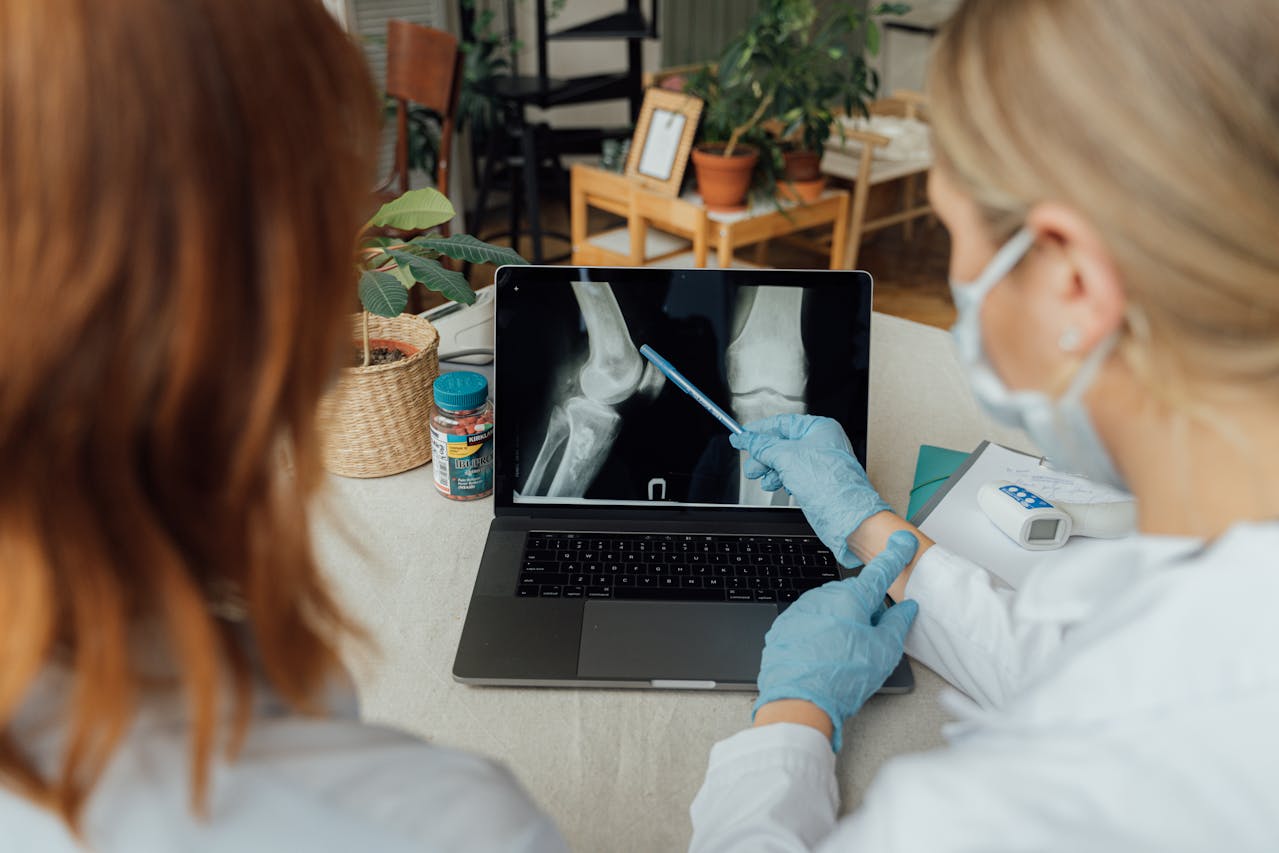Basking in the sun can feel like nature's warm embrace, but it's essential to understand the dual nature of ultraviolet (UV) radiation. UV rays are divided into UVA and UVB types. While UVA rays penetrate deep into the skin, leading to premature aging and wrinkles, UVB rays are notorious for causing sunburn. Both types have been implicated in the development of skin cancer. However, moderate sun exposure is vital for vitamin D synthesis, which supports bone health and immune function. Striking a balance is key to reaping the benefits of sunlight while minimizing its risks.
Time and Place Matter: Navigating Sun Exposure
The intensity of UV radiation isn't uniform throughout the day or across different environments. Typically, UV rays are most potent between 10 a.m. and 4 p.m. Planning outdoor activities outside these peak hours can reduce UV exposure. Moreover, certain surfaces like sand, snow, and water can reflect UV rays, amplifying their effects. High-altitude areas also experience stronger UV radiation due to thinner atmospheric layers. Being mindful of these factors can help in making informed decisions about sun exposure.
One of the most effective defenses against harmful UV radiation is the regular use of sunscreen. It's recommended to apply a broad-spectrum sunscreen with an SPF of at least 30, which blocks approximately 97% of UVB rays. No sunscreen can offer 100% protection, so it's crucial to reapply every two hours, especially after swimming or sweating. Remember, sunscreen isn't a suit of armor; combining it with other protective measures enhances its effectiveness.
Clothing can serve as a formidable barrier against UV rays. Opt for garments with a tight weave and darker colors, as they offer better protection. Wide-brimmed hats shield the face, ears, and neck, while UV-blocking sunglasses safeguard the eyes from potential damage like cataracts. It's a myth that a simple T-shirt provides adequate protection; many fabrics, especially when wet, can allow significant UV penetration. Embracing sun-protective clothing doesn't mean compromising on style—it's about making choices that prioritize health.
Skin's Best Friend: Understanding SPF
The Sun Protection Factor (SPF) indicates how long a sunscreen will protect you from UVB rays compared to unprotected skin. For instance, if you typically burn after 10 minutes in the sun, an SPF 30 theoretically allows you to stay in the sun for 300 minutes without burning. However, this is an approximation, and factors like skin type, intensity of sunlight, and amount of sunscreen applied can influence effectiveness. It's always better to err on the side of caution and reapply sunscreen regularly.
Children's skin is more sensitive to UV radiation, making them more susceptible to sunburn and long-term damage. Severe sunburns during childhood can significantly increase the risk of skin cancer in later life. It's advisable to keep infants under six months out of direct sunlight. For older children, applying a broad-spectrum, water-resistant sunscreen with an SPF of 30 or higher, along with protective clothing and hats, can provide effective protection. Instilling sun-safe habits early sets the foundation for a lifetime of healthy choices.
While sunscreen is a valuable tool in sun protection, relying solely on it can lead to prolonged sun exposure, increasing the risk of skin damage. It's essential to combine sunscreen use with other protective measures, such as seeking shade, wearing protective clothing, and avoiding peak sun hours. Remember, no sunscreen can block all UV rays, and overexposure can suppress the immune system and increase the risk of skin cancer.
Unseen Danger: The Cloudy Day Conundrum - Water and UV Exposure
Sunburn is an acute response to excessive UV exposure, resulting in red, inflamed skin that can be painful and, in severe cases, lead to blistering. Repeated sunburns significantly increase the risk of developing melanoma, the deadliest form of skin cancer. Treating sunburn involves cooling the skin with cold compresses, using aloe vera or hydrocortisone creams, and staying hydrated. Severe cases with fever, chills, or extensive blistering require medical attention.
Sun and Skin Aging: The Long-Term Effects
Prolonged sun exposure accelerates the skin’s aging process, leading to wrinkles, age spots, and loss of elasticity. This phenomenon, known as photoaging, results from UV-induced damage to collagen and elastin fibers in the skin. Studies show that individuals with high lifetime sun exposure appear older than those who consistently protect their skin. Regular use of sunscreen and protective measures can slow down this aging process and maintain healthier skin.
Enjoying the sun responsibly is about finding the right balance between its benefits and potential harms. Whether it's for vitamin D synthesis, outdoor activities, or relaxation, sun exposure should always be approached with caution. By adopting protective measures, making informed choices, and staying educated on UV risks, individuals can enjoy the sun safely without compromising their long-term health.













